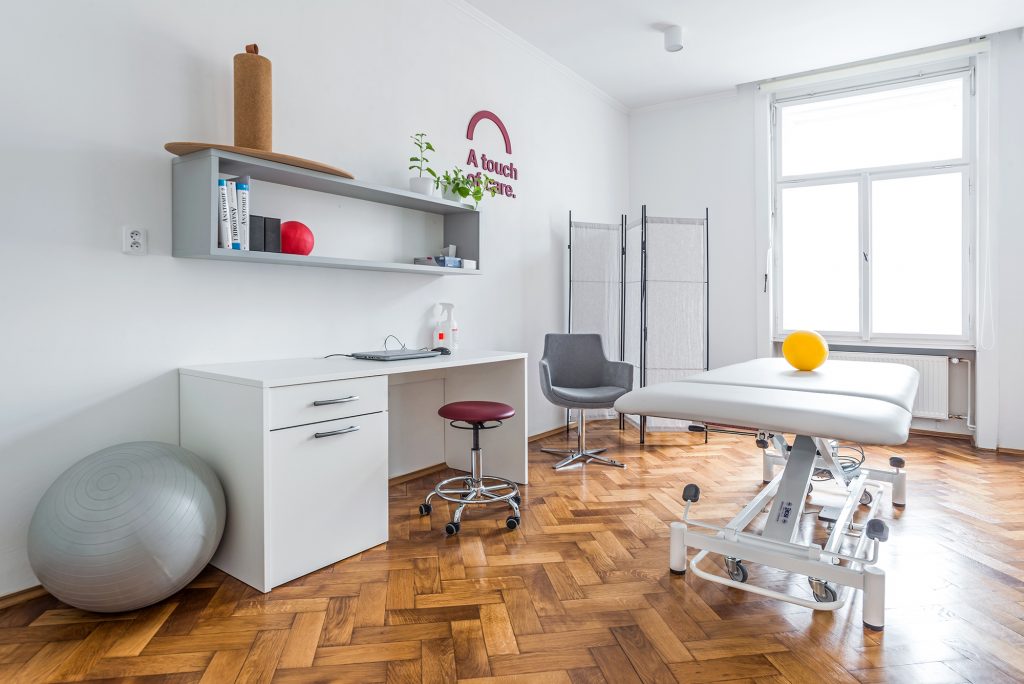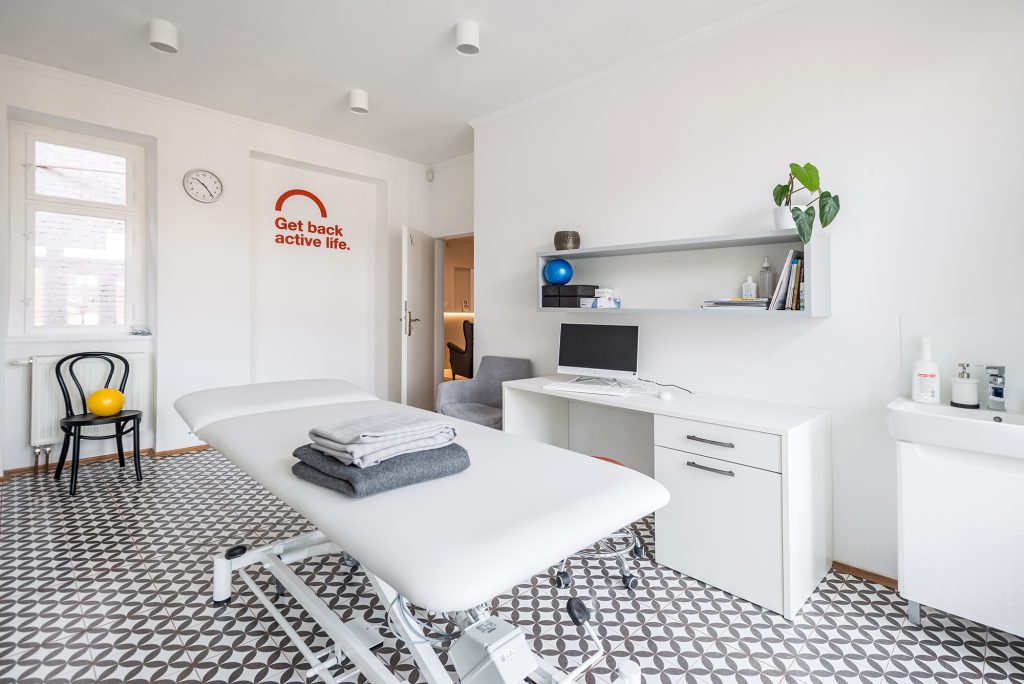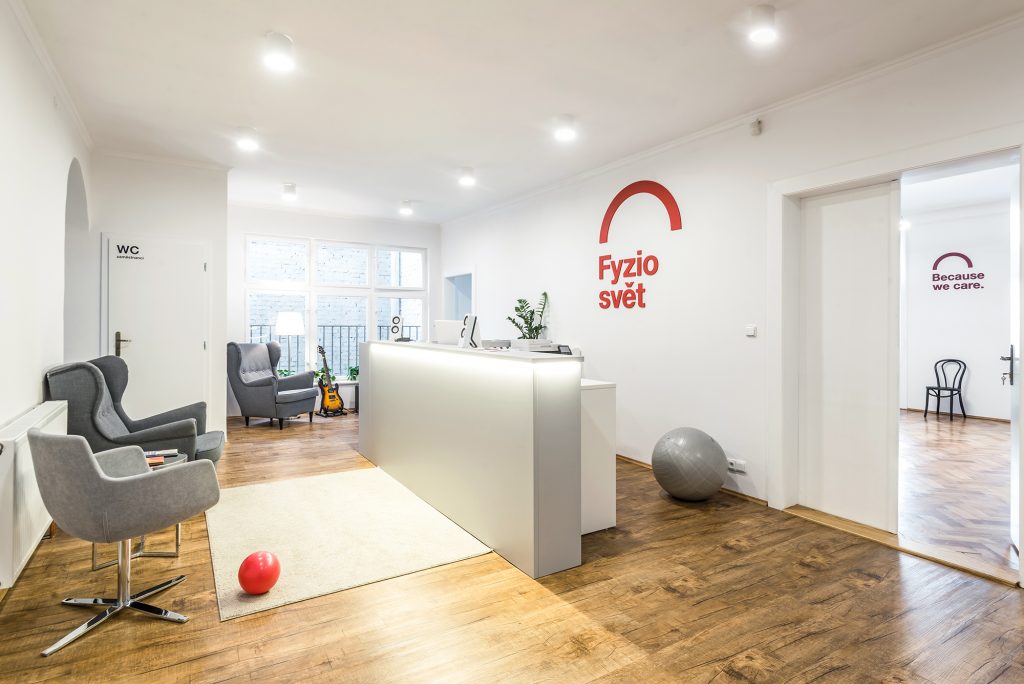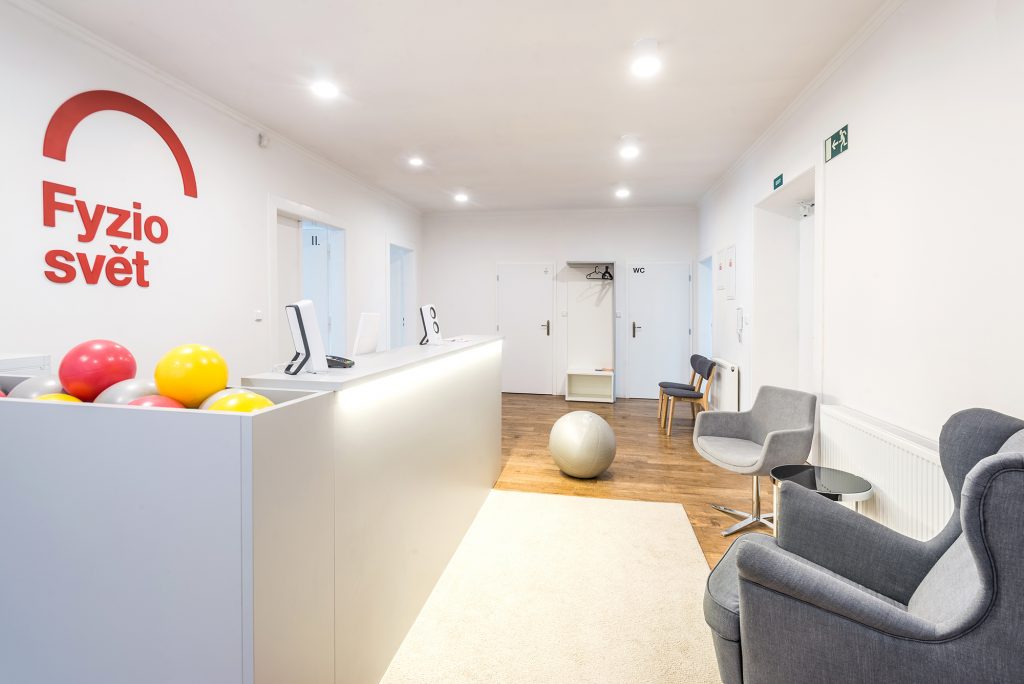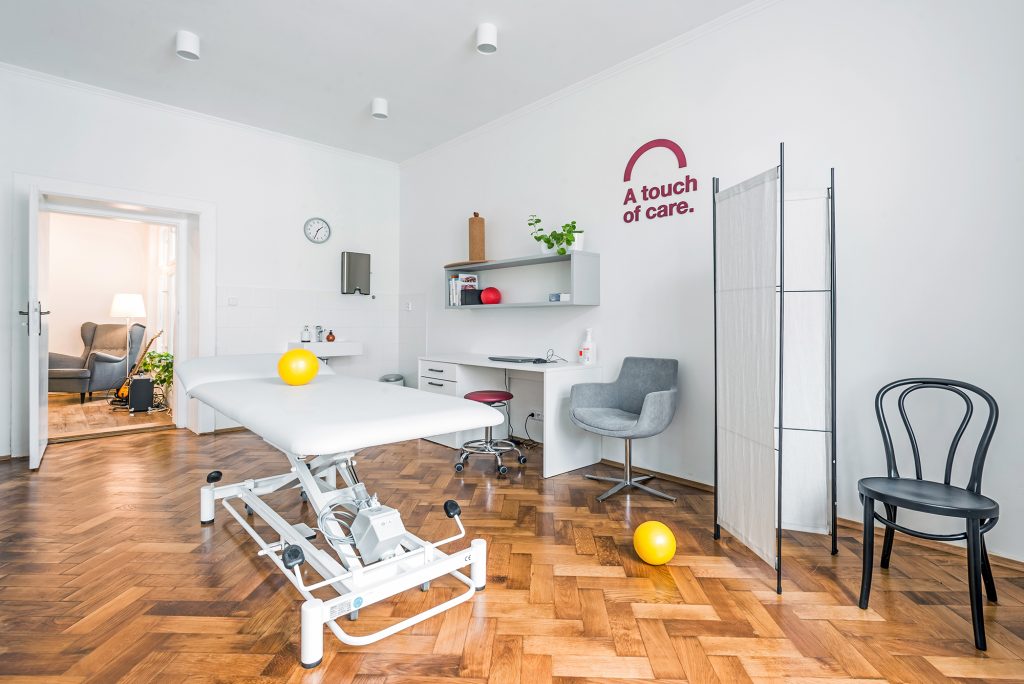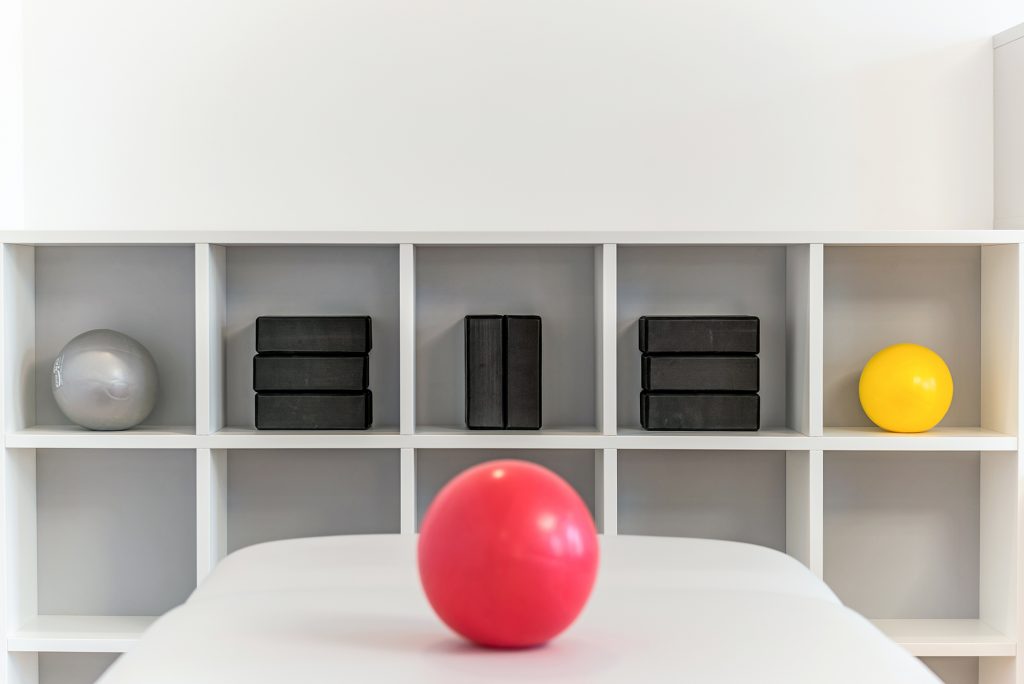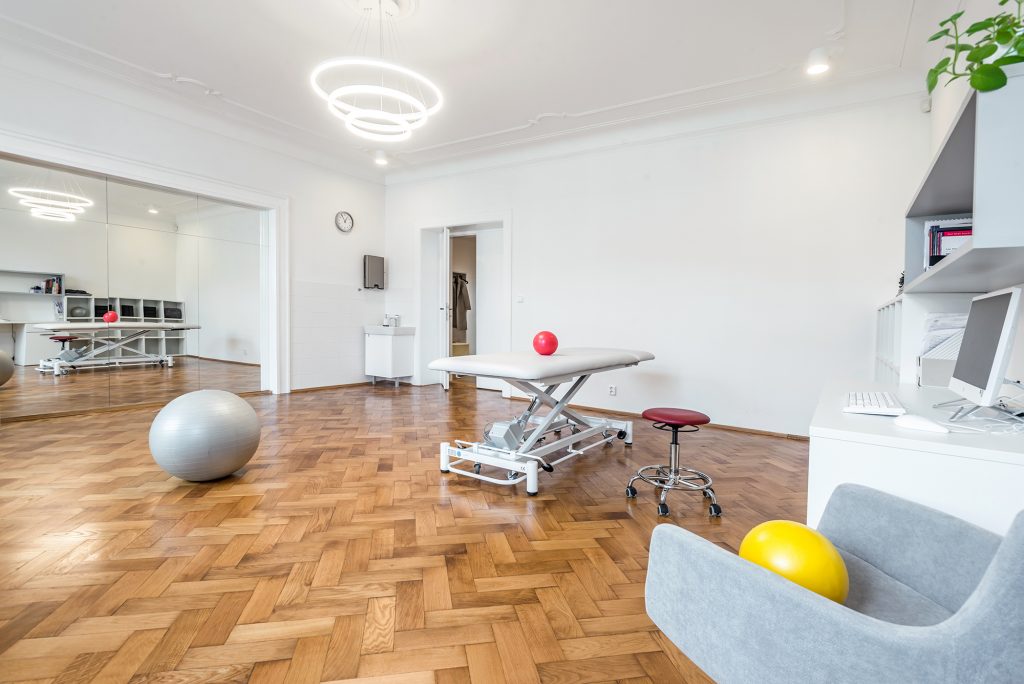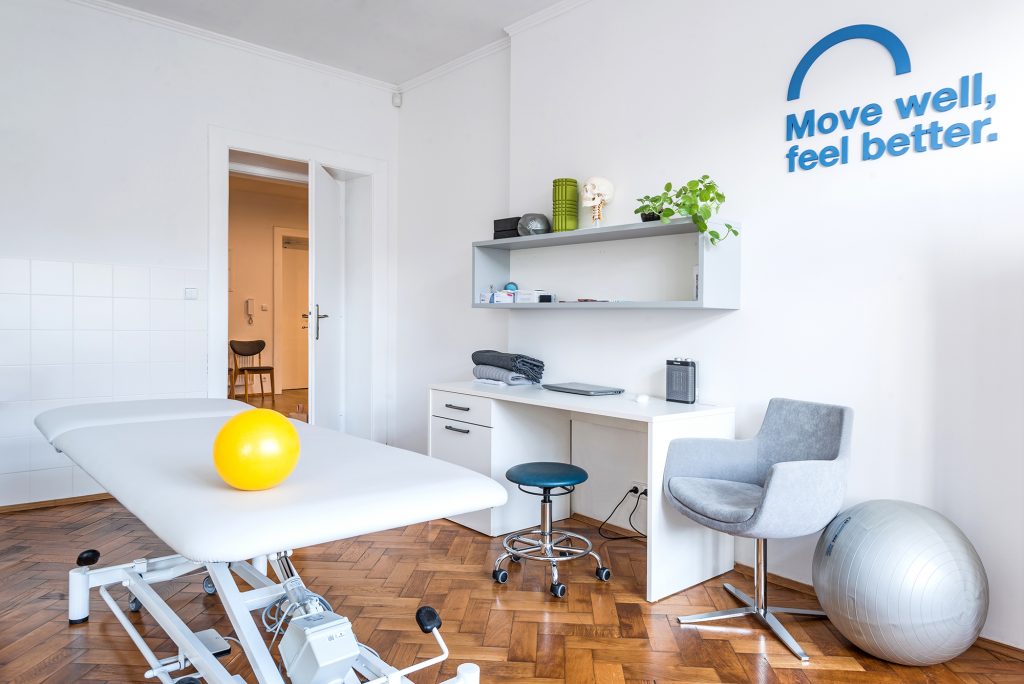7 most common causes of foot pain
The foot is a unique part of the body consisting of 26 bones and 33 joints. It contains over 100 muscles, ligaments, and tendons. The foot can be divided into three parts – the heel, the arches, and the forefoot.
The foot has three arches: two longitudinal (inner and outer) and one transverse. Together, they form a triangle that ensures the proper flexibility of the foot and support for the entire body. In this article, you’ll find the 7 most common foot problems that we address in our clinics.
The three arches support the entire body
The inner longitudinal arch, sometimes referred to simply as the longitudinal arch, is located on the inner side of the foot (the big toe side). The outer longitudinal arch stretches along the outer edge of the foot (the pinky side). The transverse arch, meanwhile, is located in the forefoot area, running between the metatarsal joints of the toes.
They absorb shock and protect against overloading
The arches of the foot provide a spring-like mechanism. They bear the body’s weight while standing or moving and absorb and soften the impacts caused by walking or running. People with flat feet lose this spring mechanism and support, either partially or entirely.
1) Longitudinal flatfoot
In longitudinal flatfoot, the arch on the inner side of the foot flattens. When standing, the arch of the foot is not visible, and the entire surface of the foot touches the ground, including its inner part. This leads to the heel turning inward and the entire lower limb being out of its optimal, so-called centered, position.
It relates to the alignment of other joints
Flatfoot affects the positioning of the ankle, knee, and hip joints, altering the posture of the pelvis and spine. It, therefore, influences the alignment of the entire body. While walking, there is increased pronation of the foot, where the inner part of the foot rolls inward toward the ground. The arches of the foot develop during childhood, and if they do not form properly due to genetics or poor movement patterns, longitudinal flatfoot can develop. Later, factors such as being overweight, pregnancy, wearing inappropriate footwear, or prolonged standing contribute to flatfoot.
Does flatfoot hurt?
Often, flatfoot, especially if not severe, does not cause people any discomfort. Sometimes, however, it causes foot pain in the heel or arch area. The pain may worsen with movement. The first sign is usually a feeling of tiredness in the feet, especially after prolonged standing or walking, and a feeling of heavy legs. There may also be mild swelling around the inner ankle. Later, pain may occur in the ankles, knees, or groin. If flatfoot causes pain or other problems, physiotherapy can help alleviate them and restore proper foot function.
It’s a whole-body issue
As mentioned above, flatfoot contributes to pain elsewhere in the body by failing to properly absorb shocks. The entire body’s weight is transferred to other parts of the musculoskeletal system—such as the knees, hips, back, neck, or even the temporomandibular joint (jaw joint)—with minimal cushioning. This results in irritation and increased wear and tear of these joints.
People with longitudinal flatfoot are also more prone to heel spurs due to the increased strain and stretching of the plantar fascia.
Types of longitudinal flatfoot:
- Flexible – the most common. The arches are visible when the person is not standing. The arch disappears when standing, as the foot bears the body’s weight. It appears in childhood on both feet and generally worsens over time.
- Rigid – a person with rigid flatfoot has no visible arch either when standing or sitting, even when the foot is not bearing weight. This condition typically develops during puberty and worsens over time. The feet may be painful in this case.
- Congenital flatfoot – a rare deformity.
2) Transverse flatfoot
Transverse flatfoot occurs when the transverse arch collapses, causing the forefoot to widen at the metatarsal heads. The middle metatarsal heads (especially the second and third) bear more weight, and the transverse arch flattens. In a healthy foot with a functioning transverse arch, the forefoot primarily bears weight on two points—one on the big toe side and one on the pinky side—at the first and fifth metatarsal heads.
When the transverse arch collapses, the entire forefoot rests on the ground through all the metatarsal heads, with the middle metatarsal heads bearing most of the weight. This can cause pain during walking and lead to calluses forming on the skin.
The main cause of transverse flatfoot is wearing inappropriate shoes with narrow toe boxes, which do not provide enough space for the toes. Wearing high heels, often combined with narrow toe boxes, also shifts body weight from the heels to the forefoot. Women are more often affected, due to both footwear and greater ligament laxity. Pregnancy can further exacerbate the issue due to increased weight and ligament loosening caused by hormones preparing the body for childbirth.
3) Bunion – Hallux Valgus
Transverse flatfoot is closely related to bunions—known as hallux valgus. Bunions typically appear in individuals with transverse flatfoot. In addition to genetics, they are caused by wearing shoes with narrow toe boxes and high heels. A narrow toe box forces the big toe into a bent position and prevents it from maintaining a straight alignment. The metatarsal head comes into contact with the shoe, often leading to calluses and bony outgrowths. Even with existing transverse flatfoot, we recommend wearing shoes with as straight a big-toe side as possible, ensuring enough space for the toes both in length and width. Besides appropriate footwear, special exercises for straightening the big toe or properly used toe correctors can be beneficial.
4) Morton’s Metatarsalgia
Metatarsalgia, or Morton’s neuroma, is pain in the middle of the forefoot, most commonly between the third and fourth or second and third toes. The pain is caused by compression and irritation of the nerve between the metatarsal heads, which is chronically stressed when bearing weight. Causes include transverse flatfoot, where increased pressure is placed on the forefoot, and narrow shoes that squeeze the toes together. Initially, the pain occurs only during activity, such as running, walking, or prolonged standing. Later, it may appear even at rest.
Therapy includes lifestyle adjustments, such as changing shoes and using orthotic insoles or “pads” during acute pain. Physiotherapy helps with soft tissue and mobilization techniques, active foot arch exercises, and retraining the proper walking pattern to engage the toes and big toe during push-off. Taping can also be useful.
5) Hammer and Claw Toes
These deformities occur in people with transverse flatfoot, bunions, or high foot arches. The toe joints are positioned abnormally in shoes, and over time, the toes cannot be fully straightened or bent, even when barefoot. Tendons, ligaments, and muscles shorten, while muscles weaken. Shoe pressure can cause painful calluses and blisters on the toes.
6) High Arches
High arches, or cavus foot, is a condition in which the longitudinal arch of the foot is higher than usual. The heel turns inward, causing the person to place more weight on the outer edge of the foot and the forefoot while walking. This deformity is often accompanied by transverse arch collapse and hammer toes. The foot is less flexible, and the Achilles tendon becomes shortened. The lack of flexibility often leads to ankle instability. A less severe form of this condition is a high instep, which can make it difficult to find appropriate shoes.
High arches can lead to metatarsalgia due to increased pressure on the forefoot, hammer toes, and heel pain caused by plantar fasciitis (heel spurs).
7) Plantar Fasciitis and Heel Spurs
Plantar fasciitis is one of the most common causes of heel pain. It is inflammation of the plantar fascia, a ligament that connects the heel to the toes and supports the arch of the foot. Plantar fasciitis causes stabbing pain in the heel, especially during the first steps in the morning. The pain decreases as the foot warms up but may return after prolonged walking or standing. It is more common in runners, people who are overweight, and those who stand for long periods. Poor foot posture, such as flatfoot or high arches, also contributes to its development. It typically affects people between the ages of 40-60 and often coexists with heel spurs.
Therapy for the foot at Fyzio World
At Fyzio World, we utilize a wide range of methods. The foundation is careful diagnostics and evaluation, determining the main issue, setting therapy goals, and choosing the appropriate approach. The primary goal is usually to reduce and eliminate pain. Additionally, we optimize foot load and positioning to positively affect the entire body’s posture. We improve walking patterns, thereby minimizing overloading of the foot and distant muscles and joints.
Releasing blockages and muscle tension
We use soft tissue techniques to relax muscles, tendons, and ligaments where needed. Manual techniques target trigger points in the muscles, reducing painful irritation. Mobilization techniques are used to release joints with restricted movement. Stabilization techniques are applied in cases of hypermobility in a joint, to enhance its stability.
Insoles and active exercises
In cases where it’s appropriate, we recommend suitable footwear. Orthotic insoles, metatarsal pads, or toe correctors sometimes play an essential role. Kinesio taping can be used to stabilize the foot, reduce pain, support and activate muscles, or relax certain structures of the foot. Active exercise is crucial in therapy, where we use sensorimotor stimulation, including balance tools. We train proper foot support, work on the foot’s arches, and ensure proper positioning of the big toe and other toes. We guide patients in correcting their standing posture or walking patterns to alleviate overloading and reduce potential foot pain. In walking, this might include practicing push-off from the toes and absorbing shocks through the foot’s spring mechanism. Especially with athletes, we focus on proper jumping, lunging, and other movements.
Pain relief using laser or shockwave therapy
In cases of plantar fasciitis and heel spurs, we successfully use shockwave therapy or laser treatment. High-intensity laser is also effective for metatarsalgia and scar tissue after surgery in the foot area.
What you learn in youth stays with you…
We treat foot problems in both adults and children. In children, this is most commonly for longitudinal flatfoot associated with inwardly turned ankles. The aim is primarily to prevent future issues in adulthood.
